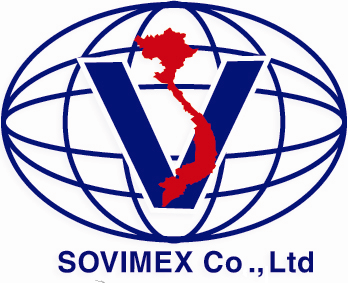News
Agars
Agar was discovered by accident in Japan when some extracted seaweed was left outside the door of a mountain inn and froze overnight. On thawing the innkeeper discovered that the impurities were carried away and with repeated thawing and freezing—a process still used today for the most valued food agars—a quality product with the mouth feel that appeals to Japanese tastes. This is called kanten in Japan and has become so popular recently that some restaurants serve nothing but kanten in all sorts of guises for the diet-conscious young executive.
The name “agar” or “agar-agar” seemingly originated in south-east Asia. The usage may have been picked up by the Dutch from their “open ports” in 17th-century Japan, and ultimately spread to their East Indies bases.Agar’s use as a solid substrate for the growth of bacteria and fungi is attributed to a laboratory assistant of Robert Koch, who saw his American wife, Angelina Hess, using it to make a confectionary jelly. She had learned this in New York from a Dutch national who had traveled in south-eastern Asia. Koch immediately saw the potential and refined the process to cultivate the tuberculosis bacillus for the first time.

Much of the world’s production of agar-bearing seaweeds is from production of agar products; major genera involved include Ahnfeltiopsis, Gelidium, Gelidiella, Gracilaria, Pterocladiella and Pterocladia; producing countries include Argentina, Canada, Chile, China, France, India, Indonesia, Japan, Madagascar, Mexico, Morocco, Namibia, New Zealand, Peru, Portugal, Russia, South Africa, Spain, Thailand, and the USA. Raw material production exceeds 110,000 tons valued at more than $100 million (see www.surialink.com).
Some confusion exists in the marketplace between true agar and true carrageenan in the scientific sense. “Russian Agar”, for example, seems to be a carrageenan extracted from Ahnfeltia and Coccotylus.
No modern microbiological laboratory in the world can survive without agar, and no satisfactory substitute has been found even in with today’s technological advances. The highest quality agar, and its derivative agarose, comes from red algae belonging to the family Gelidiaceae, whilst lower-quality agars are mainly found in other families, particularly the Gracilariaceae. Most plants from the former are collected by hand in a very few areas around the world, such as Spain, Morocco, Japan, México, and South Africa, whereas most of the material from the Gracilariaceae, mainly Gracilaria, is grown by aquaculture in Chile, south-east Asia, or collected as detached plants in South Africa and Namibia (below, right).
The everyday use of agar in processed foodstuffs increased as its price reduced with burgeoning aquaculture, particularly of Gracilaria. Whether agars, carrageenans or alginates are used as a binder or emulsifier, sometimes seems to be a matter of food technologists’ preferences for specific rheological properties. Or the choice may often be simply a matter of national preference and proximity to a particular resource. So, alginates tend to be used in some countries in ice-cream, but carrageenans in others and this may be purely historical. An unfortunate reality is that when wars interrupt commodity supplies preferences can also switch; agar was in short supply due to blockades during World War II and a number of pfood processors in Europe and North America switched to using carrageenan.
Production
Food-grade agar is now considered a commodity and may be relatively cheap, often around US$18 per kg. The highest-quality agarose can exceed US$5,000 per kg, but much less of it is used and only for very specific applications. Production worldwide in 2009 was about 10,000 tonnes of agar with a wholesale value of some $175 million (Bixler & Porse 2010). The agarose fraction of agar is only available from certain red seaweeds; and it true to say that many biotechnological applications of DNA research and gel electrophoresis would not have been possible without the unique properties of this phycocolloid.

 Tiếng Việt
Tiếng Việt
